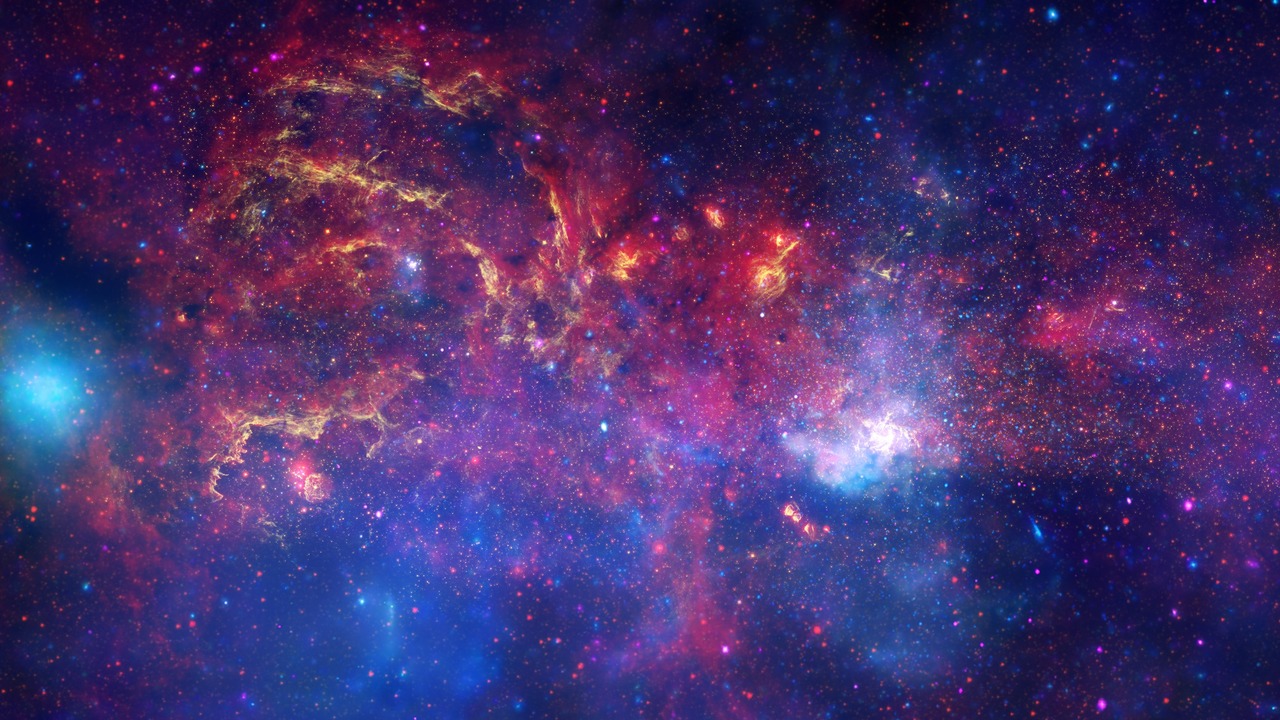How does the Universe work? How did we get here? Are we alone? NASA’s Universe of Learning provides resources and experiences that enable educators to engage their audiences in the science, the story, and the adventure of NASA’s scientific explorations of the Universe. Youth, families and lifelong learners are enabled to discover the Universe for themselves.
The Universe of Learning program is a unique partnership between Caltech/IPAC, Space Telescope Science Institute, Center for Astrophysics | Harvard & Smithsonian, and Jet Propulsion Laboratory. In the first five years, Sonoma State University was also a partner. The program is funded by NASA’s Science Mission Directorate. We are creating an integrated team of scientists, educators, and communications professionals who work together and with the education community to strengthen science education and scientific literacy.
This material is based upon work supported by NASA under cooperative agreement award number NNX16AC65A. Any opinions, findings, and conclusions or recommendations expressed in this material are those of the author(s) and do not necessarily reflect the views of the National Aeronautics and Space Administration.




